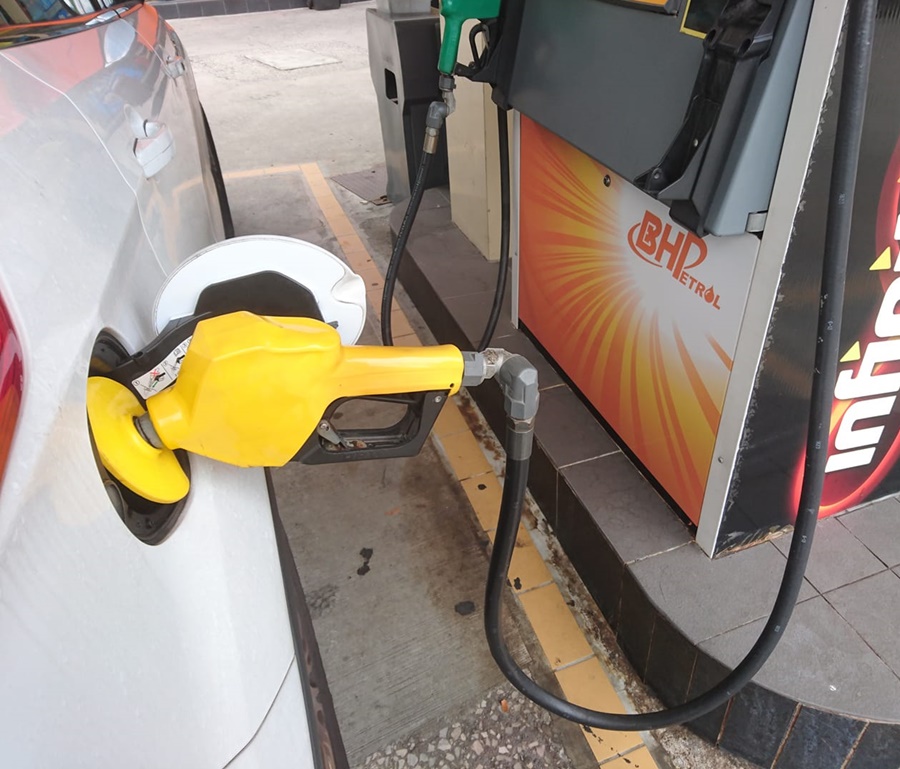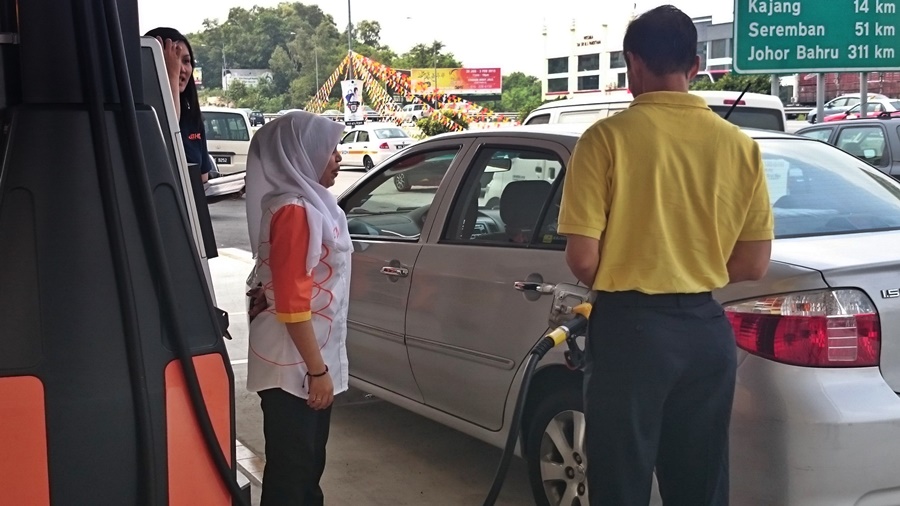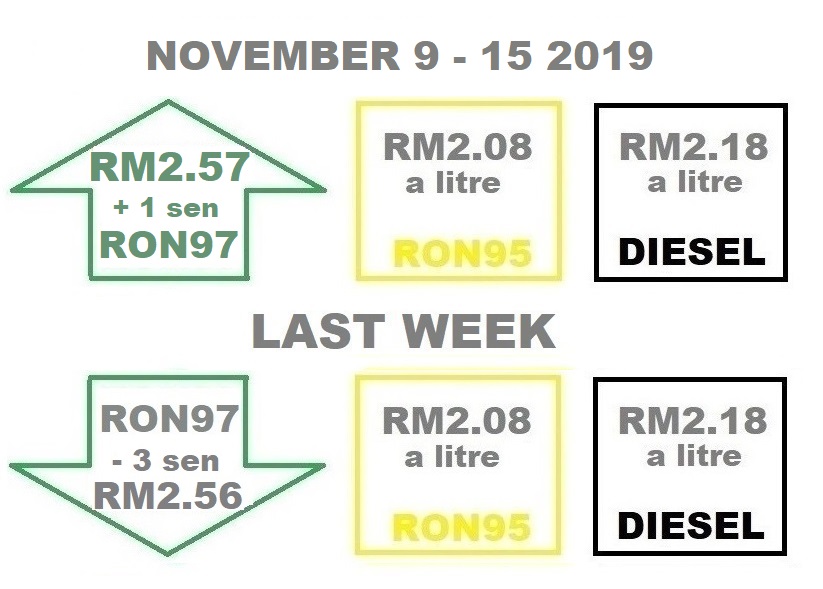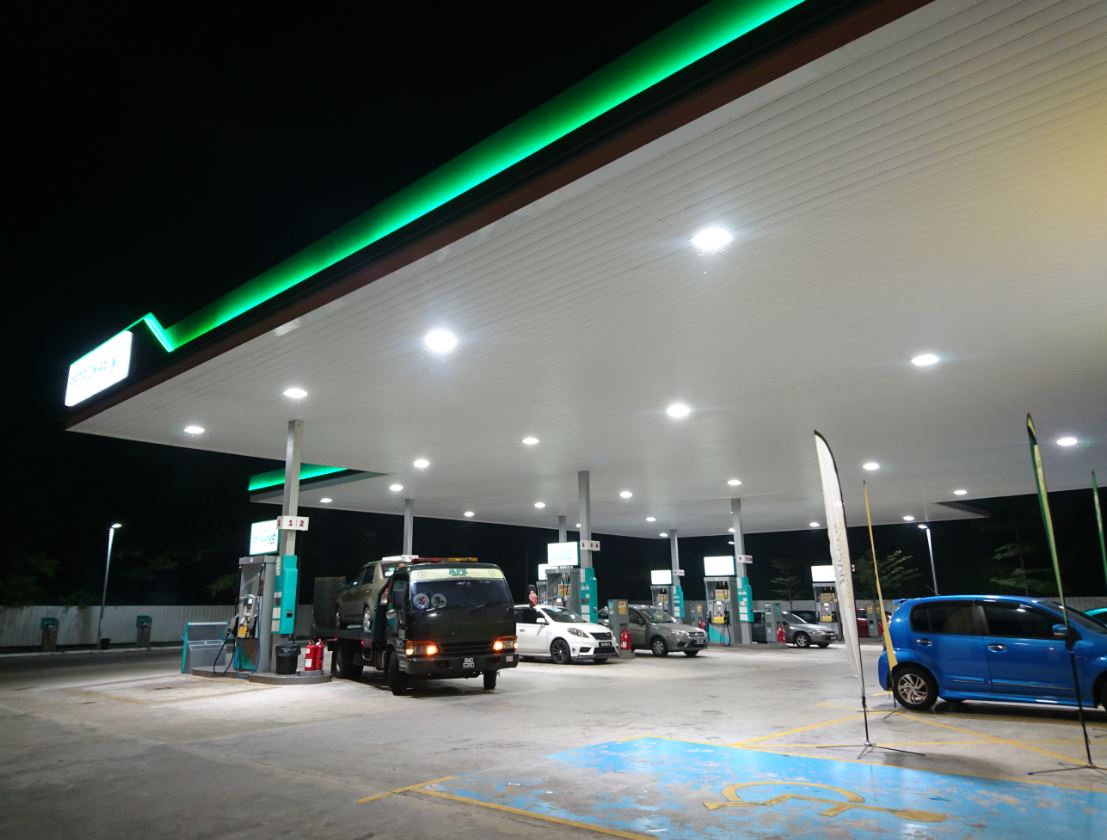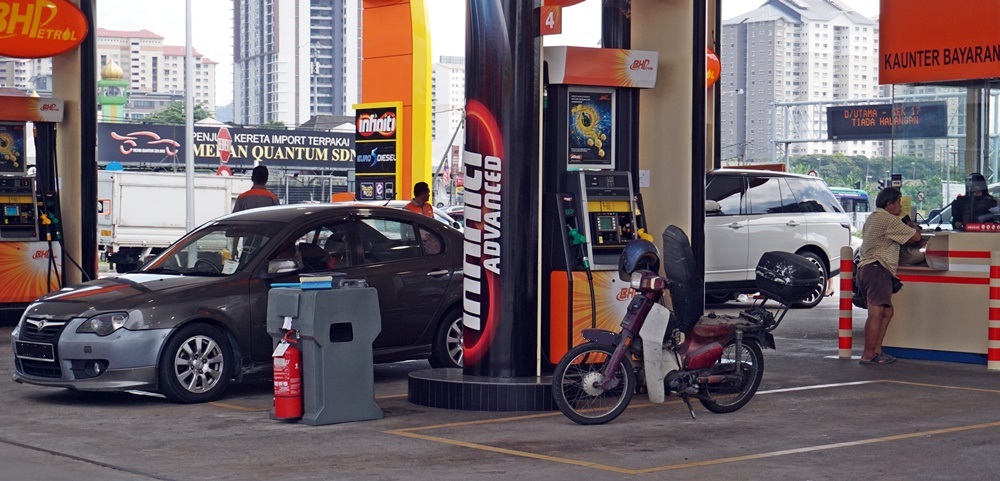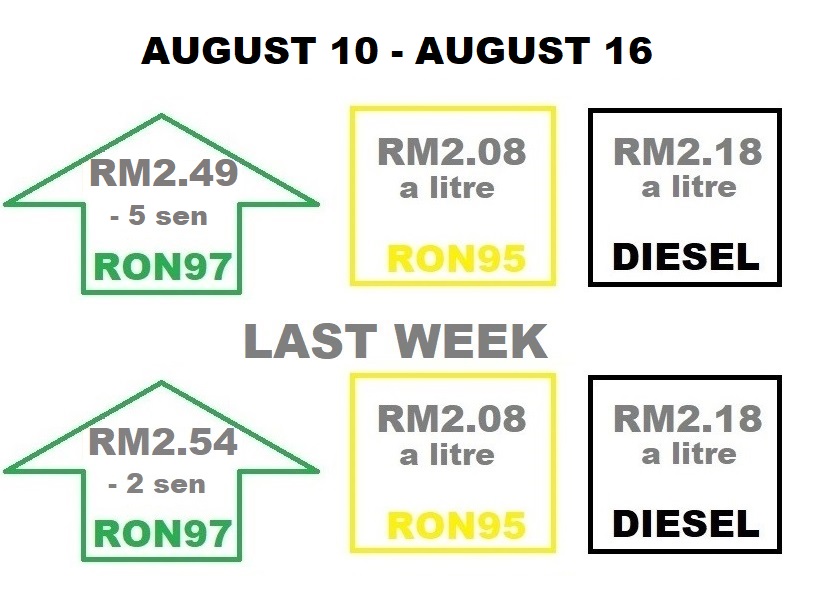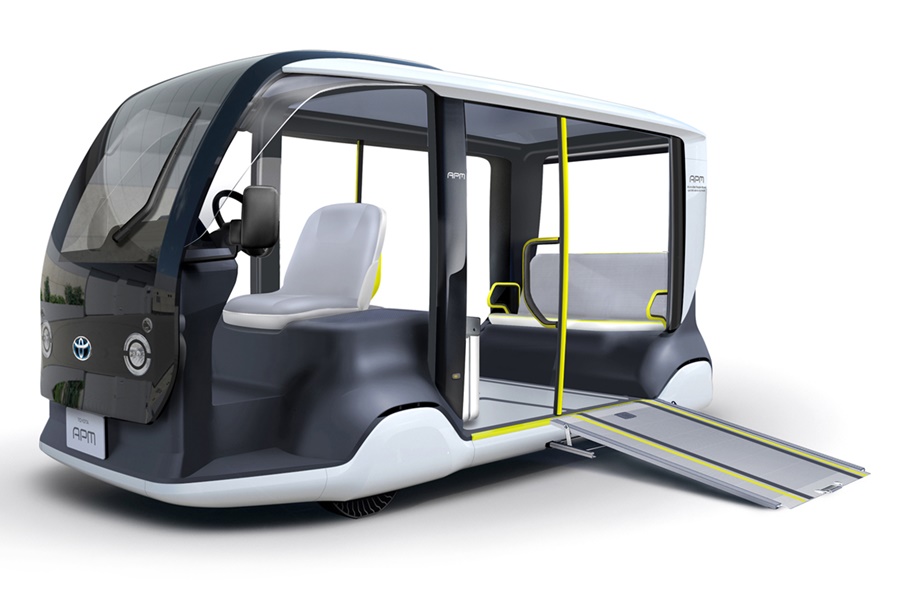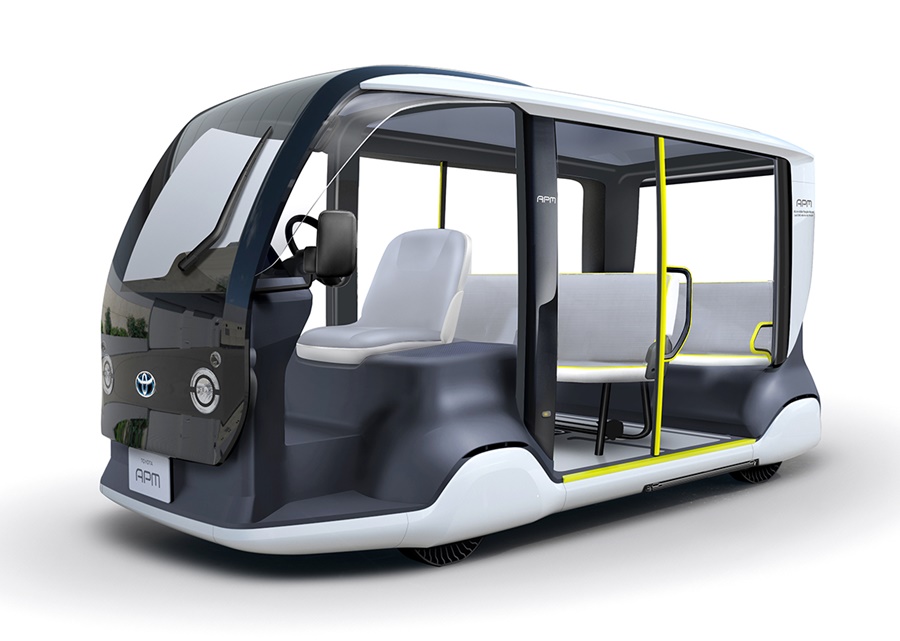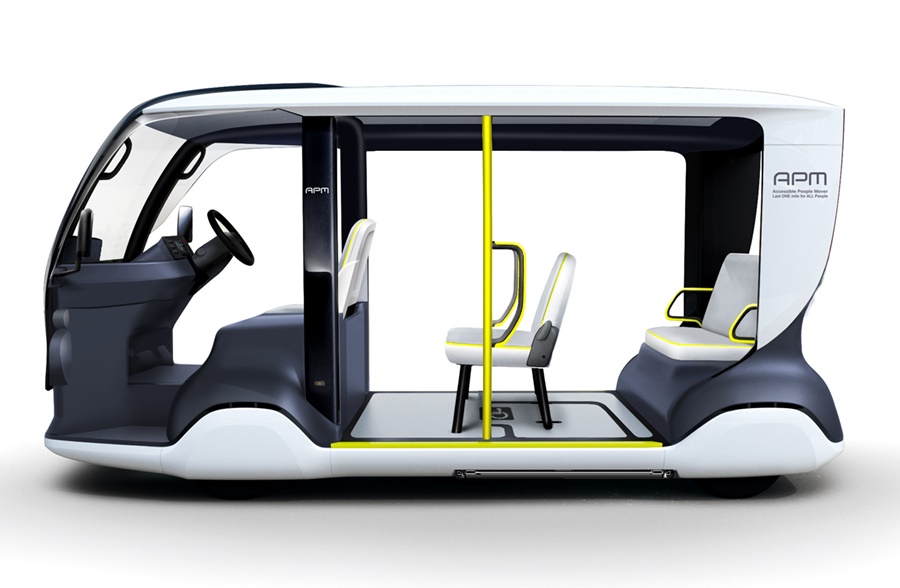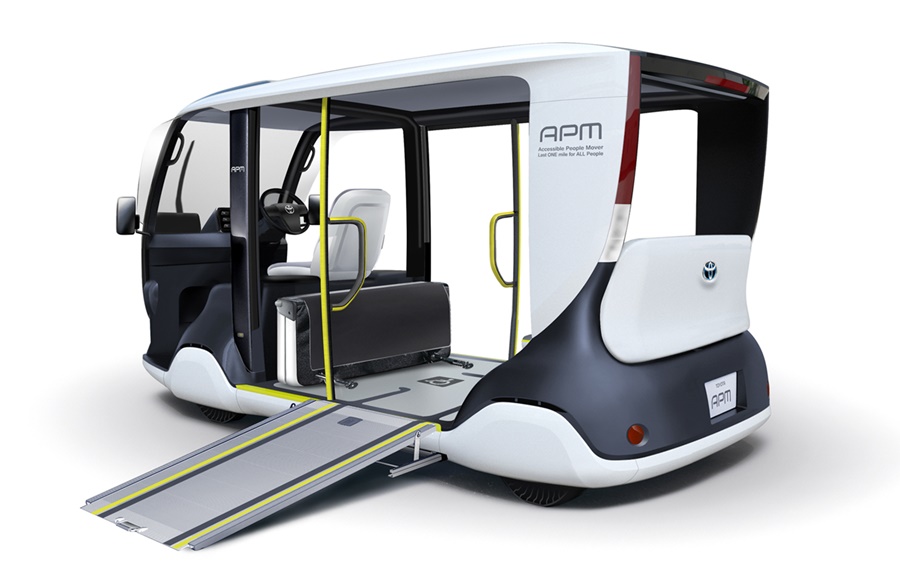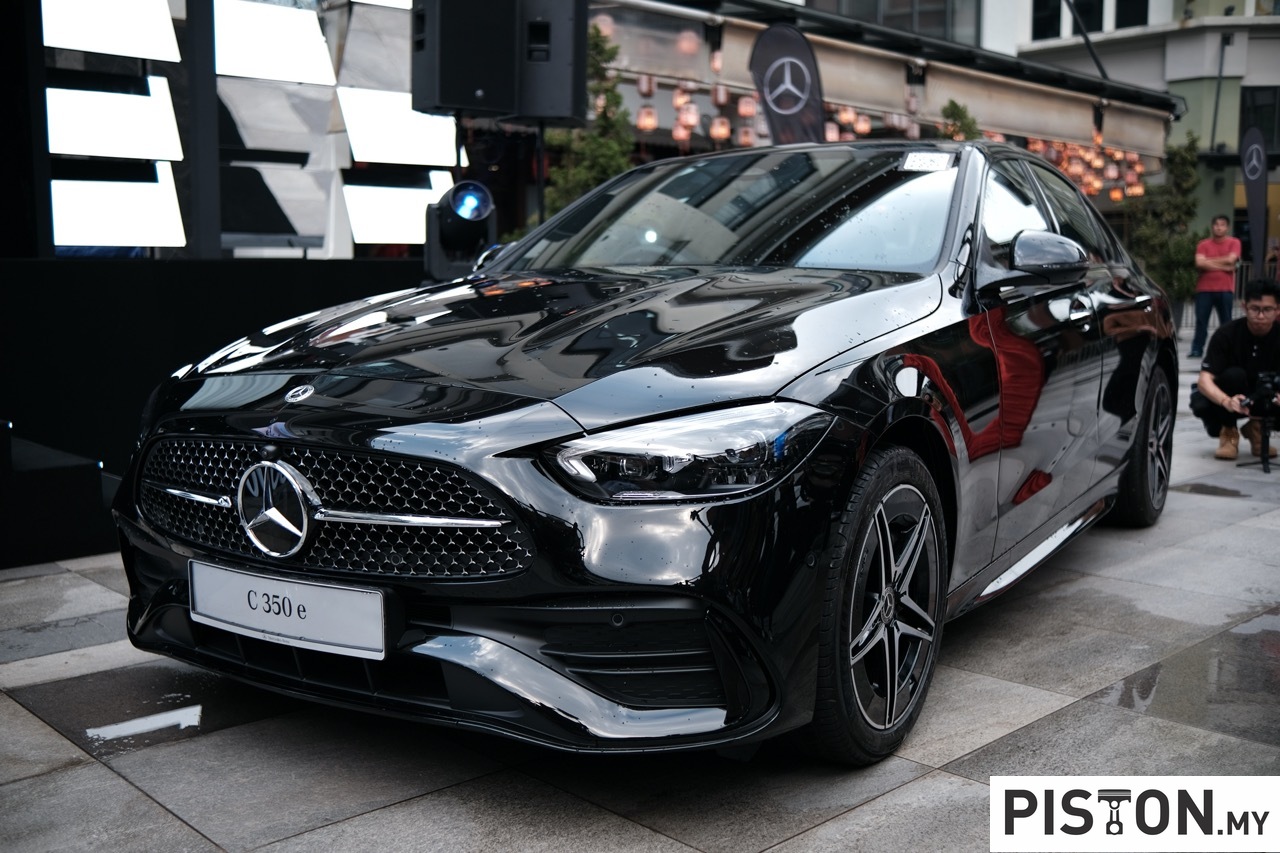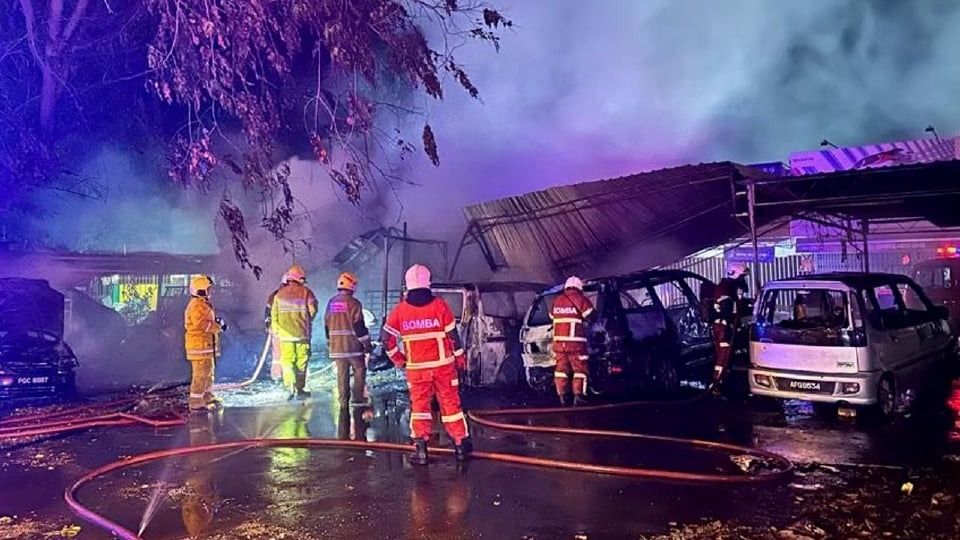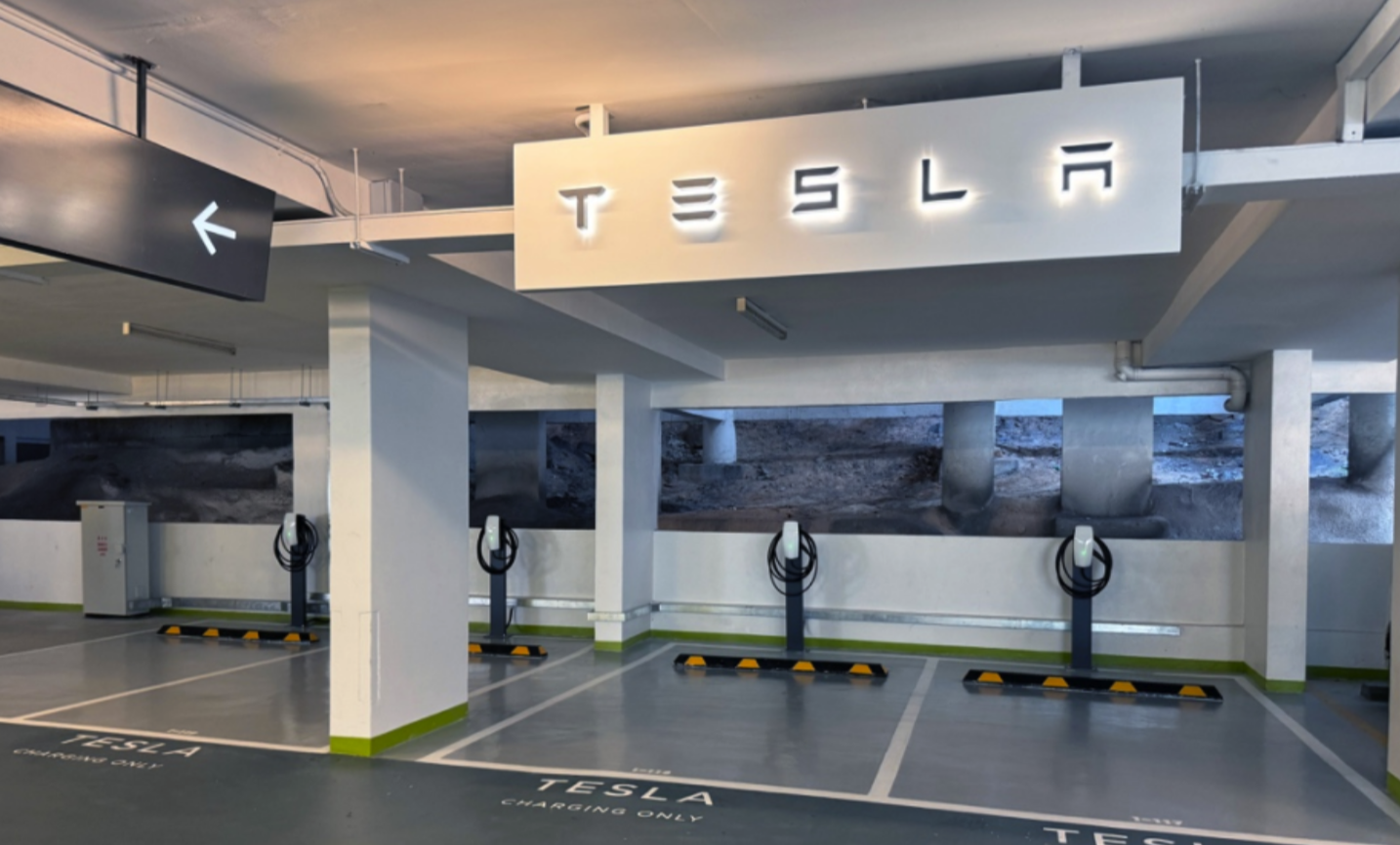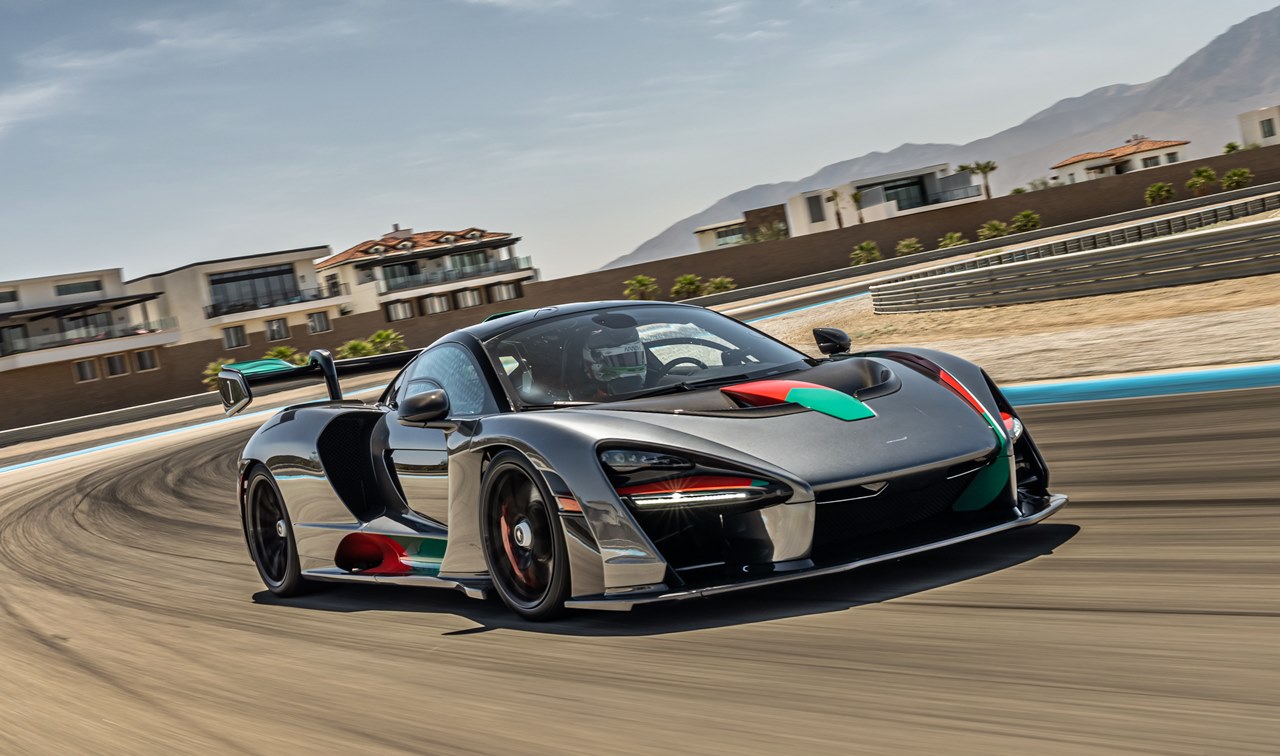Raising prices of fuel is never popular and in some countries where governments have done so suddenly, there has been public anger and even riots. In Malaysia, while RON97 petrol has not been subsidized for a while and has fluctuated according to global oil prices and the calculations of the Automatic Pricing Mechanism (APM), RON95 petrol and diesel have had their prices maintained through subsidies.
Come 2020, there will be a major change as the subsidies stop being available to everyone and the new Petrol Subsidy Program (PSP) is implemented. The PSP (only for Peninsular Malaysia) will be for some 2.9 million qualified motorists who will receive their subsidies at 4-month intervals from April 2020. The cost of the subsidies will be around RM65.4 million a month.
With subsidies removed, fuel prices will go up and this can be disruptive for motorists. So what the government plans to do is to increase the price per litre gradually. Currently, the plan is to add 1 sen each week and slowly bring pump prices to the level indicated by the APM.
The plan was revealed by the Deputy Domestic Trade and Consumer Affairs Minister, Chong Chieng Jen, who said it would reduce the burden on the public and prevent prices from spiking once subsidies are removed. The price of RON95 petrol will remain as RM2.08 a litre for Sarawak, Sabah and Labuan.


